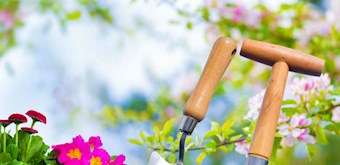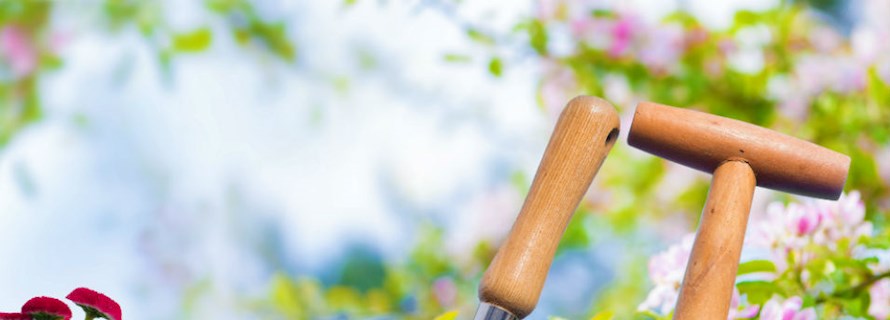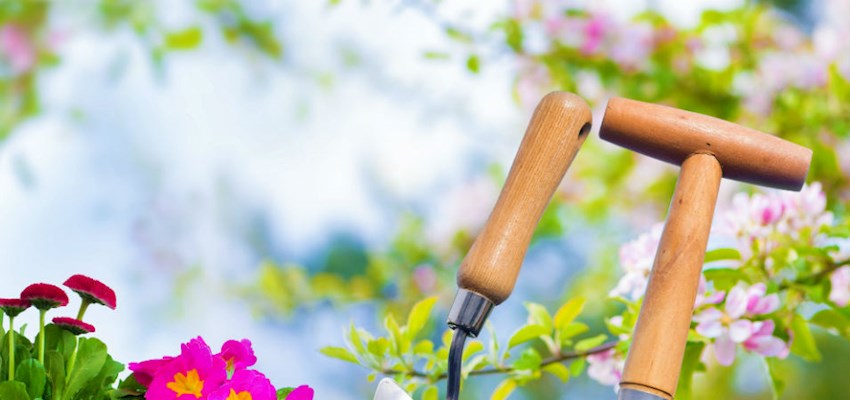Contact The Lister Hospital
We hope you enjoyed our garden, if you would like a printed copy of the Health in Full Bloom brochure or would like to make appointment to see a specialist please contact us.
How to create a low-allergen garden
What flowers, shrubs and trees can I use in a low-allergen garden?
By making simple changes to your garden, you can reduce your risk of asthma and hay fever symptoms, when thinking about flowers, shrubs and trees include:
- Planting bright flowers such as foxgloves, honeysuckle and lavender, which are generally pollinated by insects. Pollen is hidden inside these bell shaped flowers, making it more difficult for asthma or hay fever sufferers to breathe the pollen in.
- Avoid planting small or feathery-looking flowers such as elm and oak trees as these are generally pollinated by the wind. Here the pollen is lighter and therefore easier to breathe in.
- Avoid planting trees or shrubs with long, drooping clusters of flowers without petals such as hazel, birch or alder trees as they produce large amounts of pollen in the spring.
- Avoid ferns, as they produce spores that can affect people with allergies. Avoid daisy-shaped blooms, such as asters, as their pollen source has maximum exposure.




What else should I consider for a low-allergen garden?
There are a few additional changes you can consider when planning your garden, including:
- Think about a low-maintenance garden, or a garden with hard landscaping, using paving, decking or pebbles, especially if grass is a trigger for you.
- Keep your lawn cut short, if you have one, to prevent it producing flowers, which release pollen.
- Think architectural, although you need to avoid ornamental grasses. Look at large shaped leaves such as phormiums, which can supply spiky texture to your landscape.
- Don't do any weeding, you're the type of gardener who can say no. Weeding brings your nose and mouth too close to the ground. Try weed-suppressing ground cover plants, such as hardy geraniums and alchemilla.
Pollen advice from our respiratory specialist
"Gardening is one of the joys of life. Being outside is good for both the body and the mind. However, asthma can worsen in people when they are around varying pollens. Indeed, for some, the symptoms are only present at this time of year."
"If you’re experiencing symptoms such as a persistent cough, breathless and/or wheeziness, then seek the opinion of a doctor to see if this could be related."
Consultant in Respiratory Medicine




